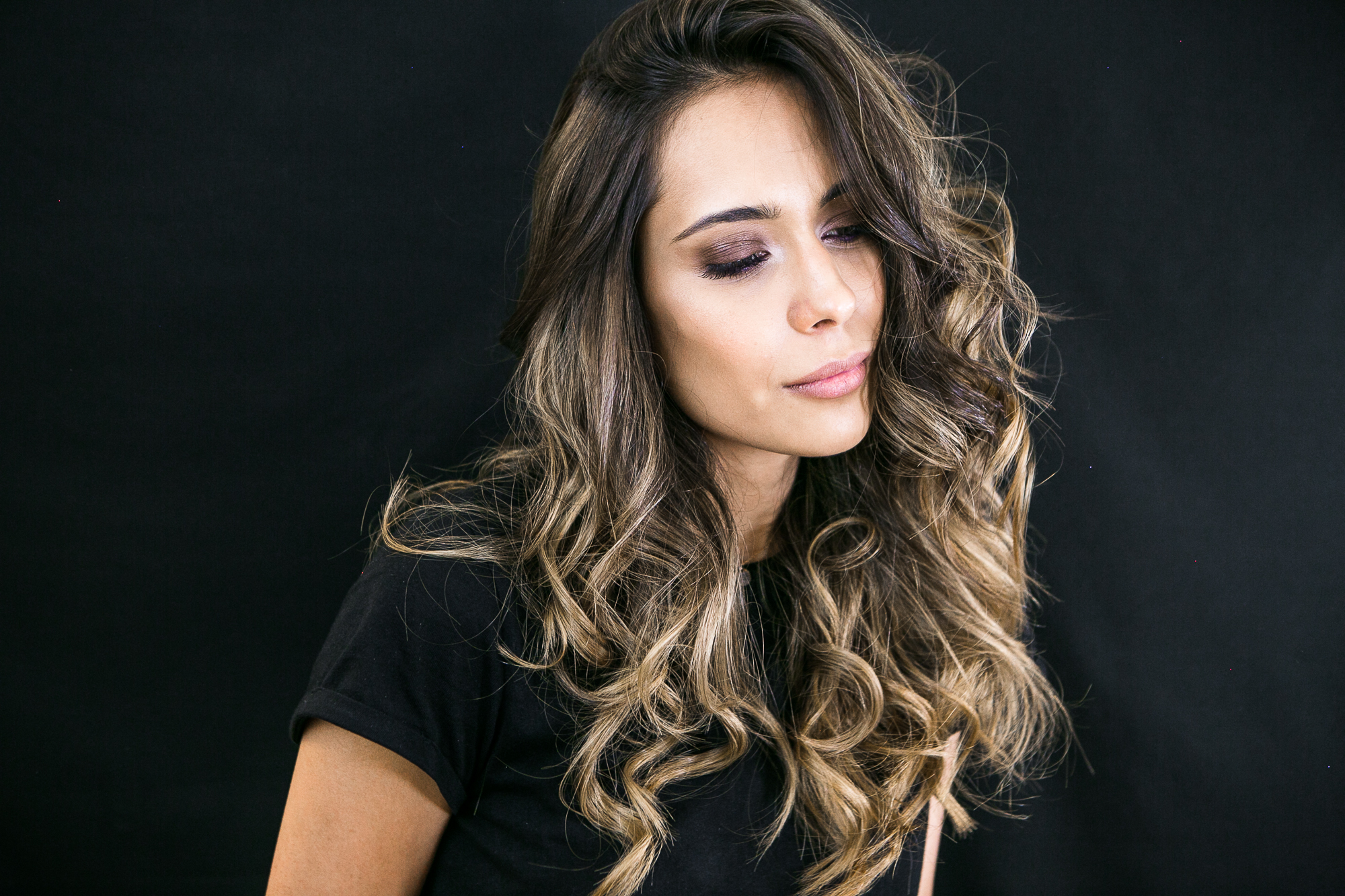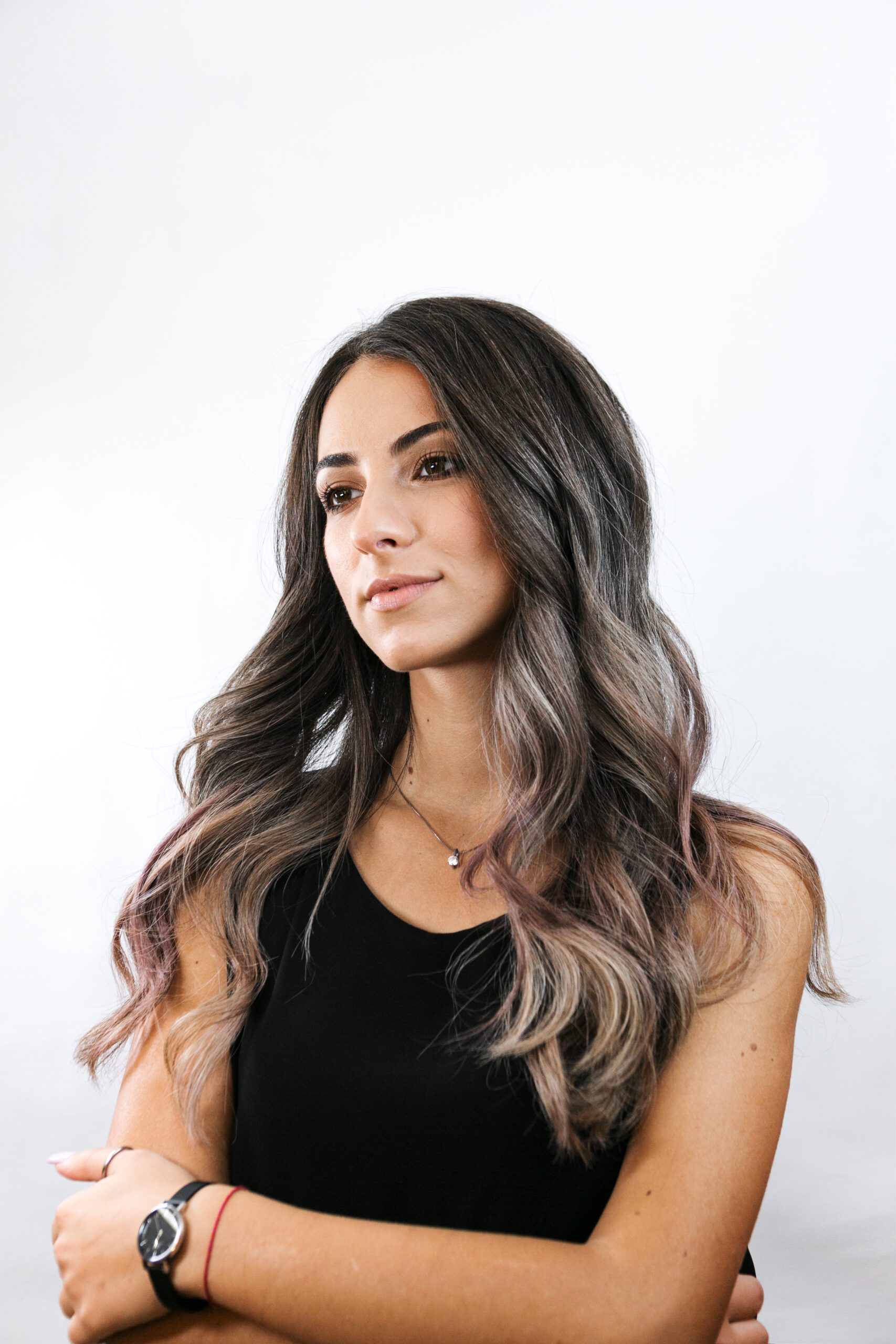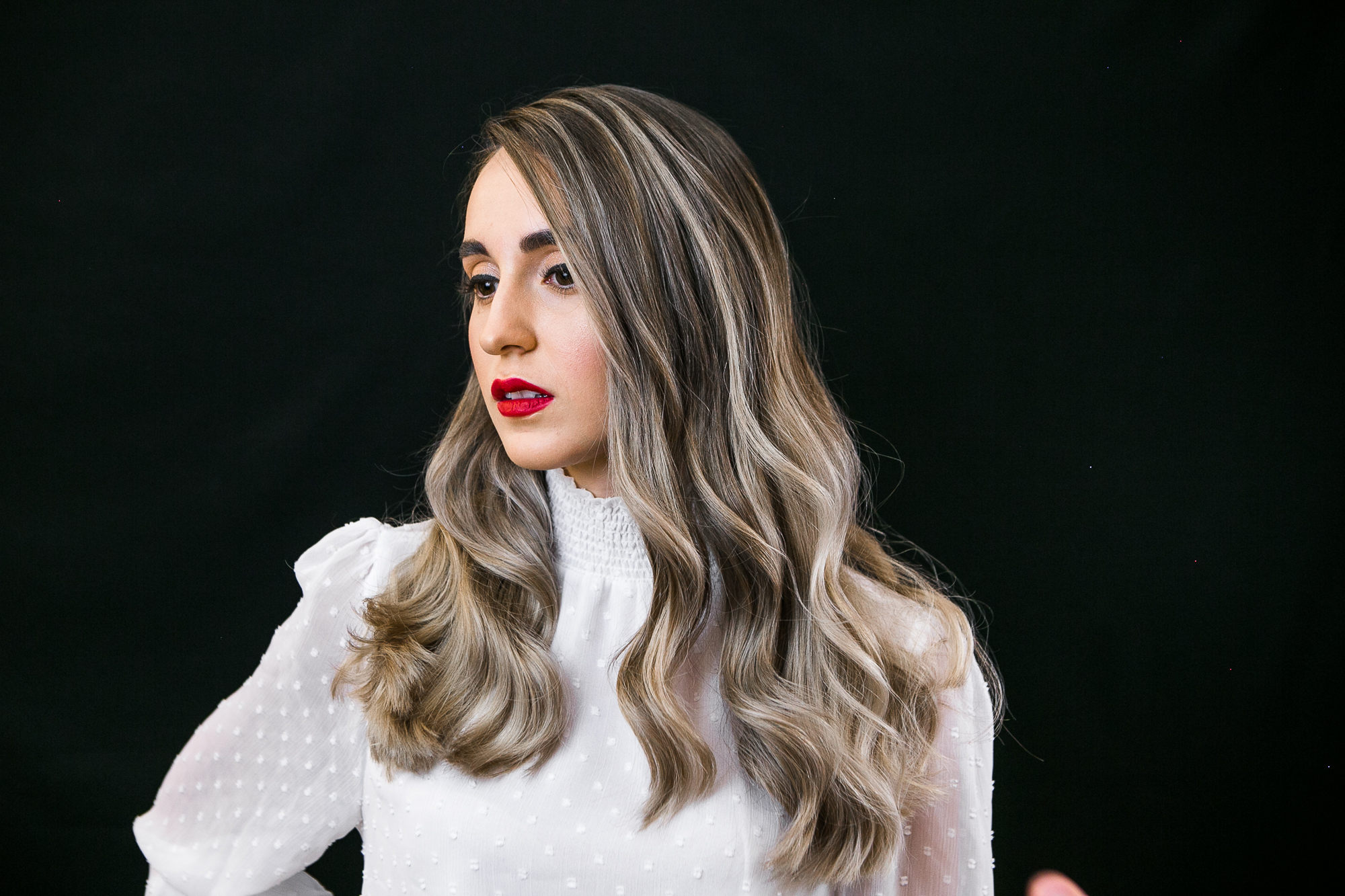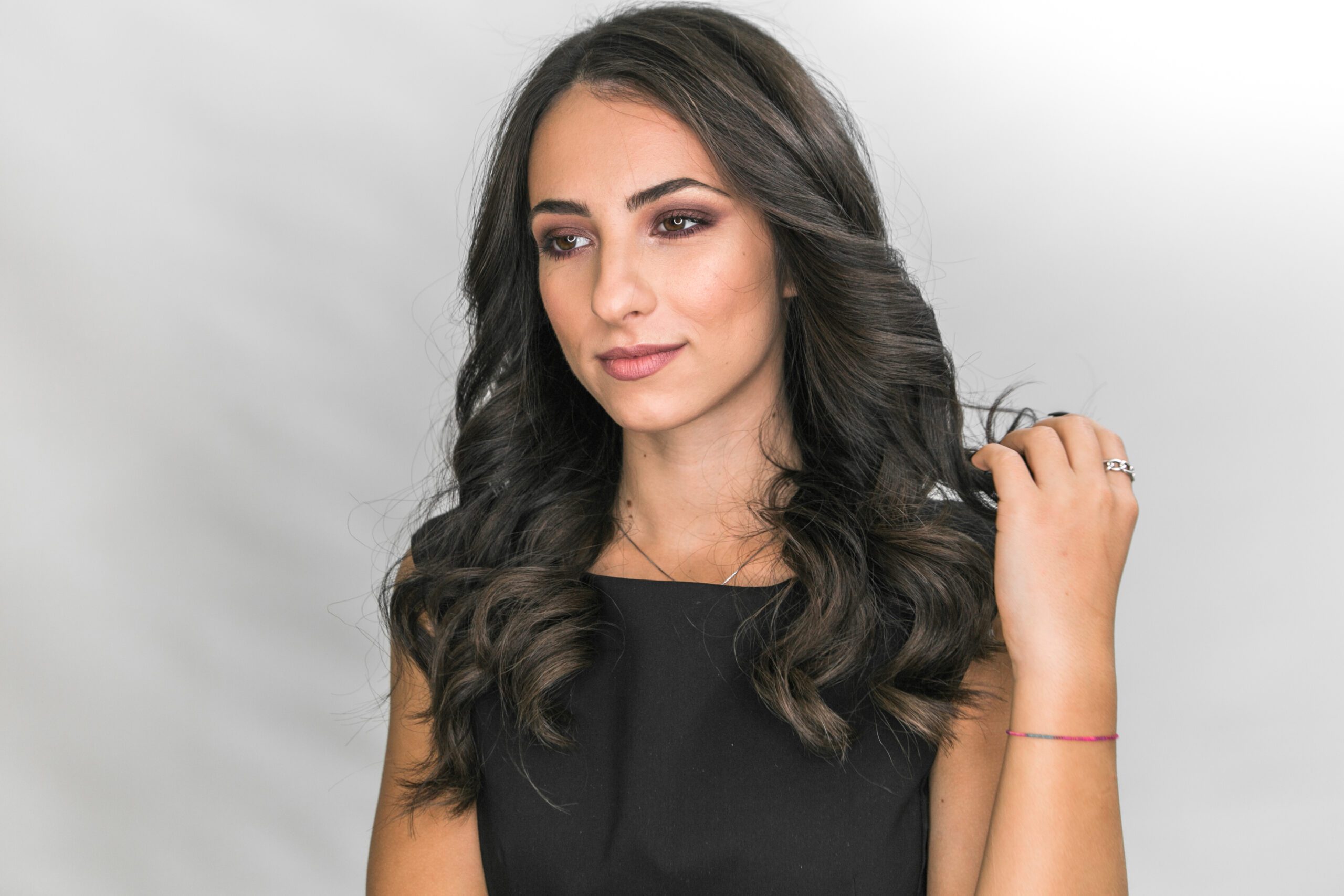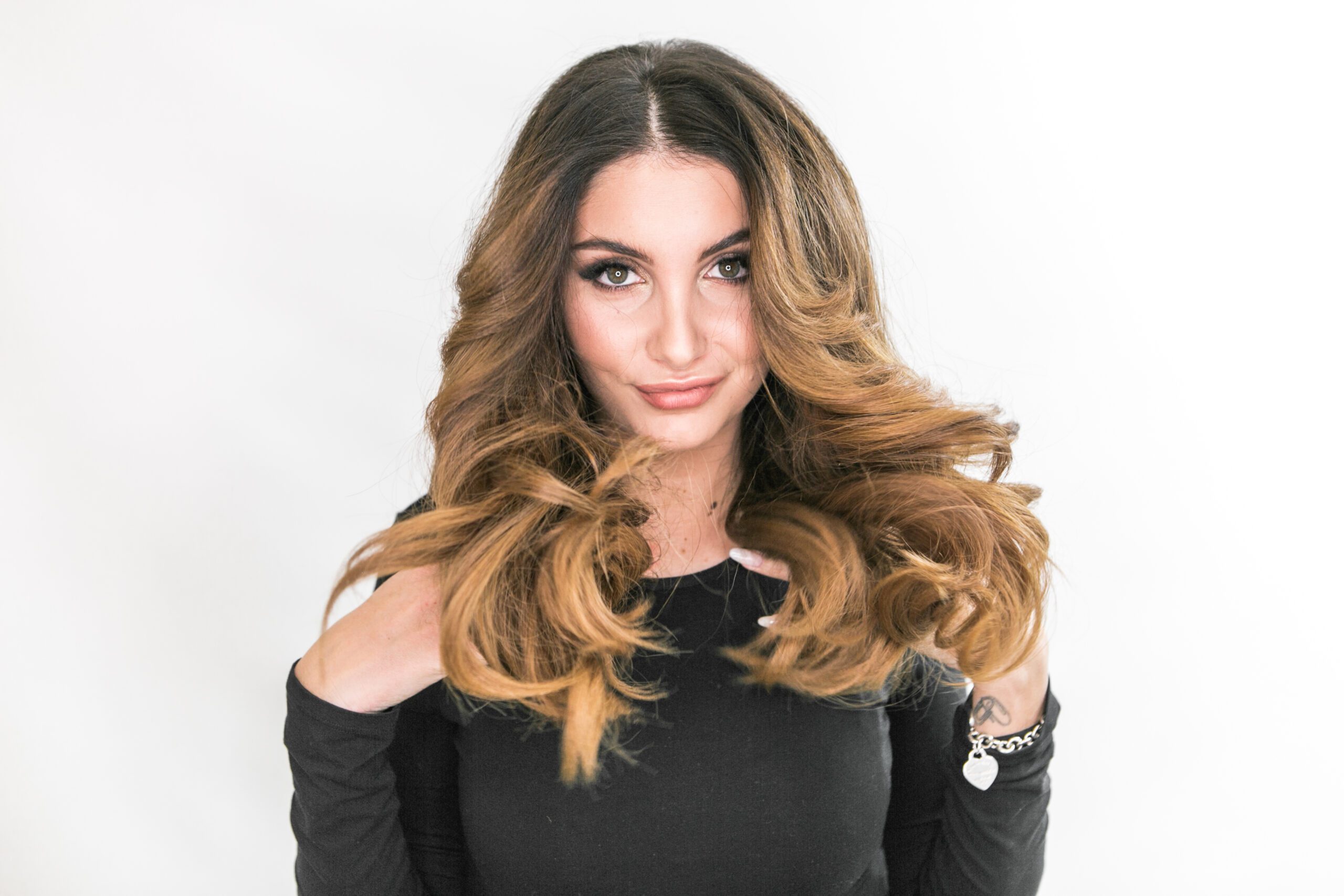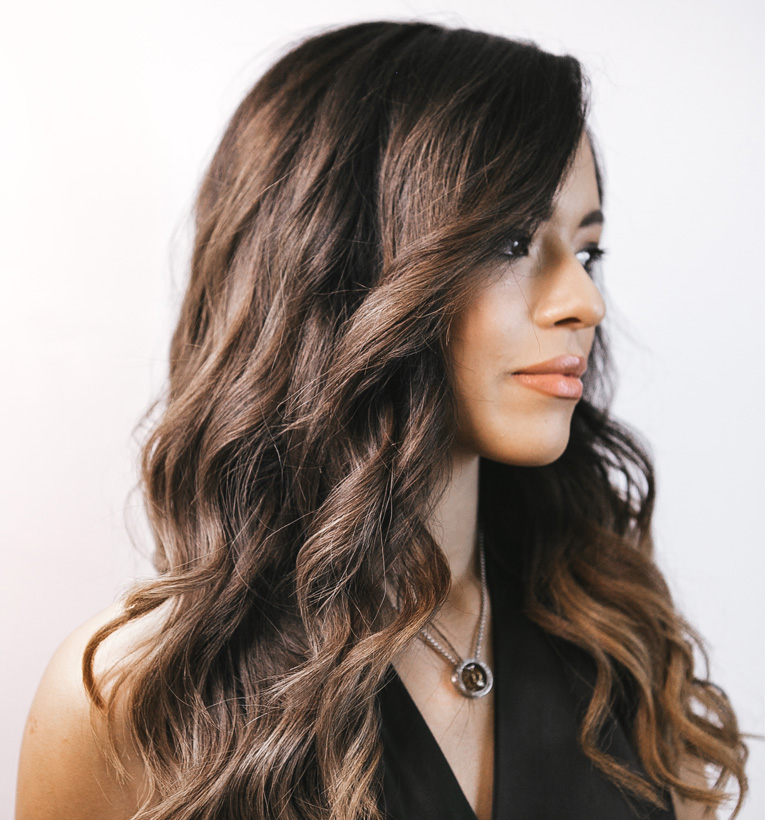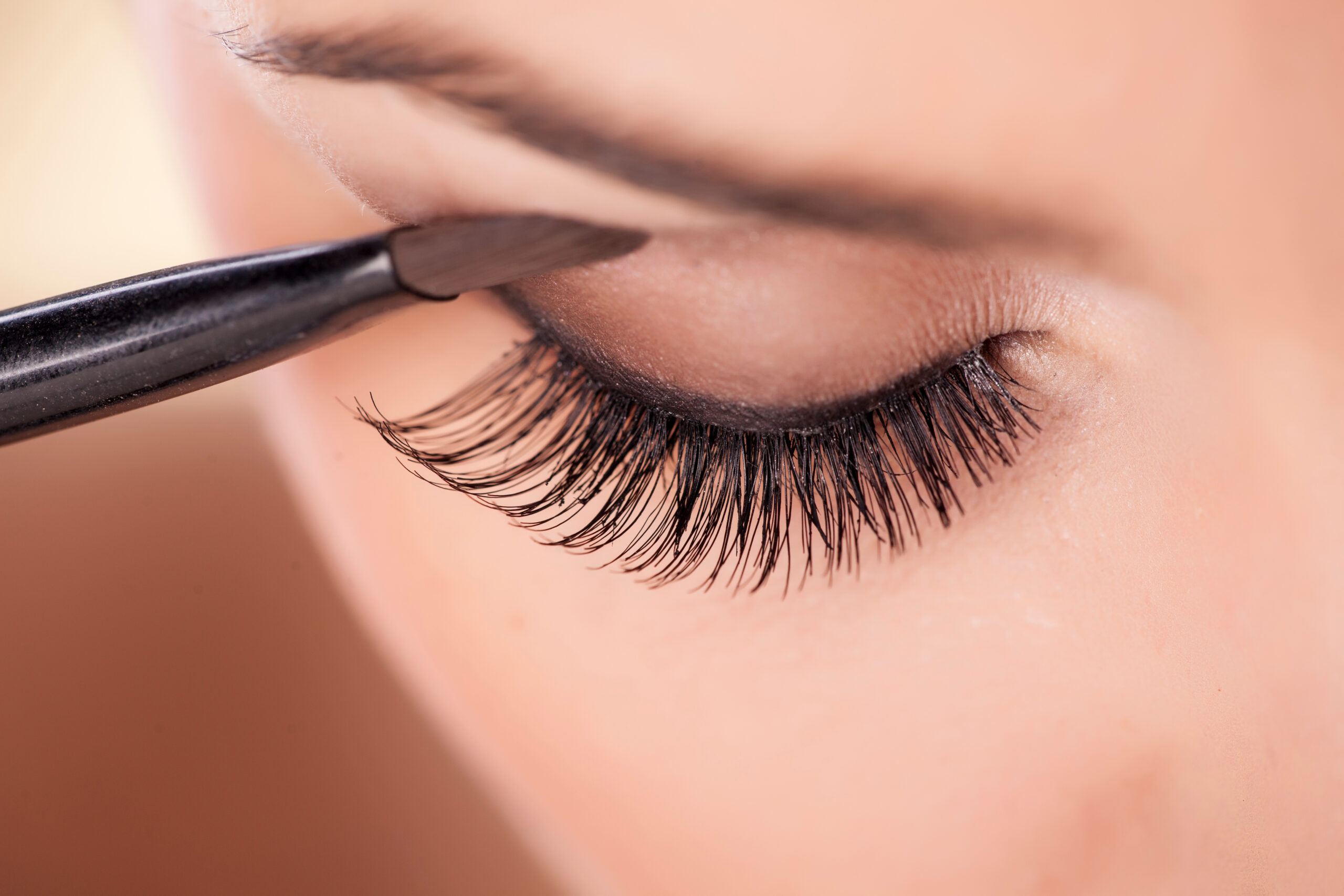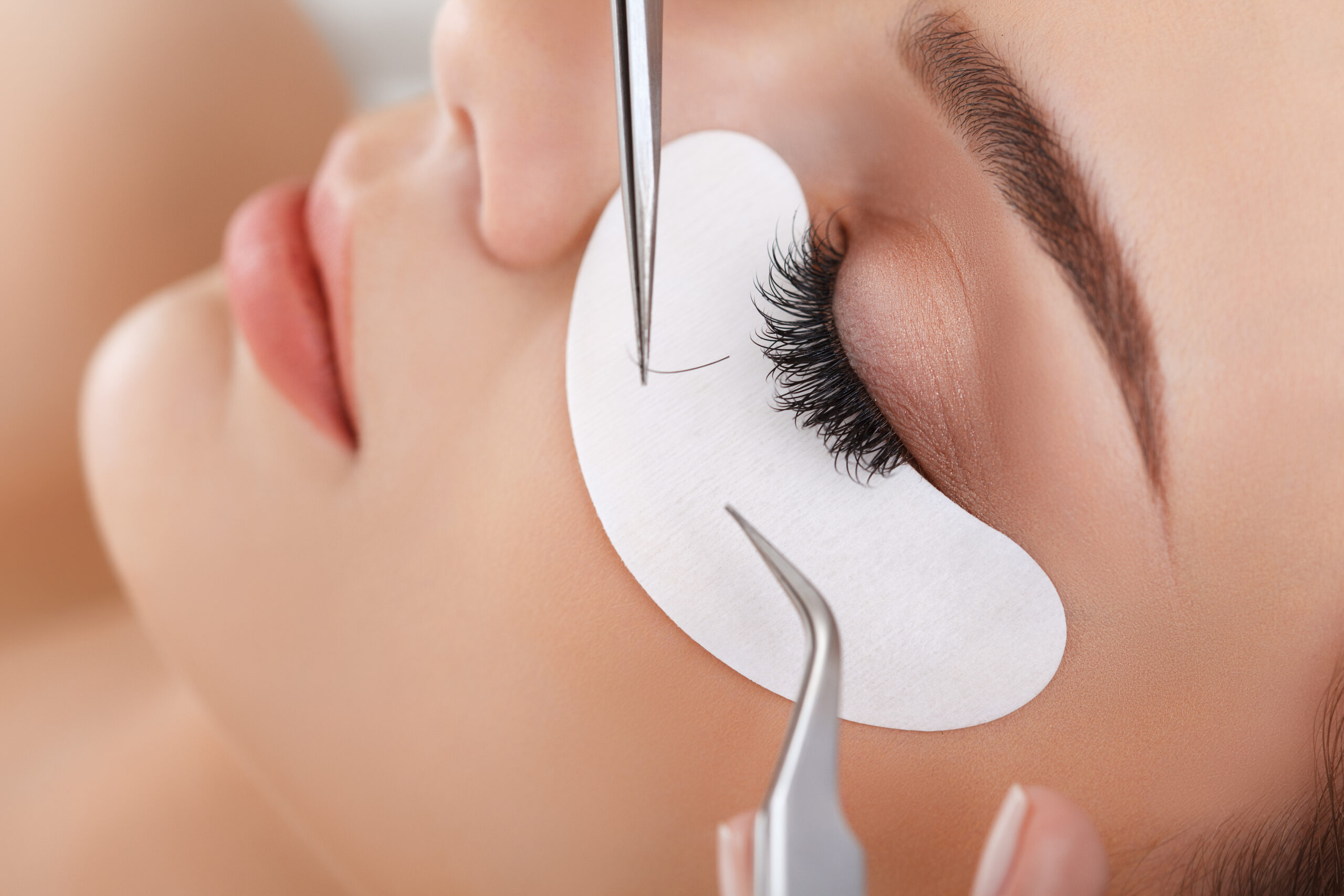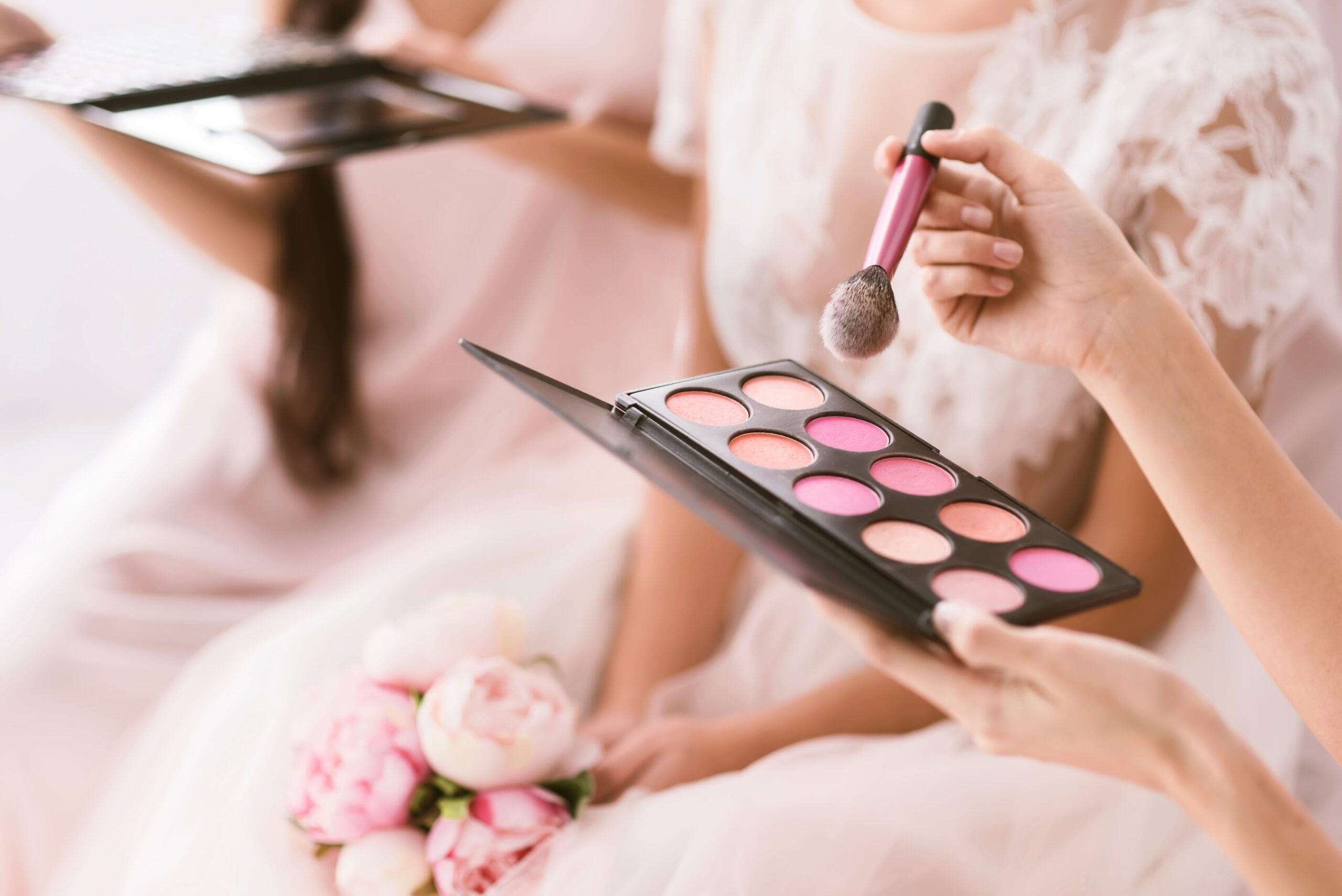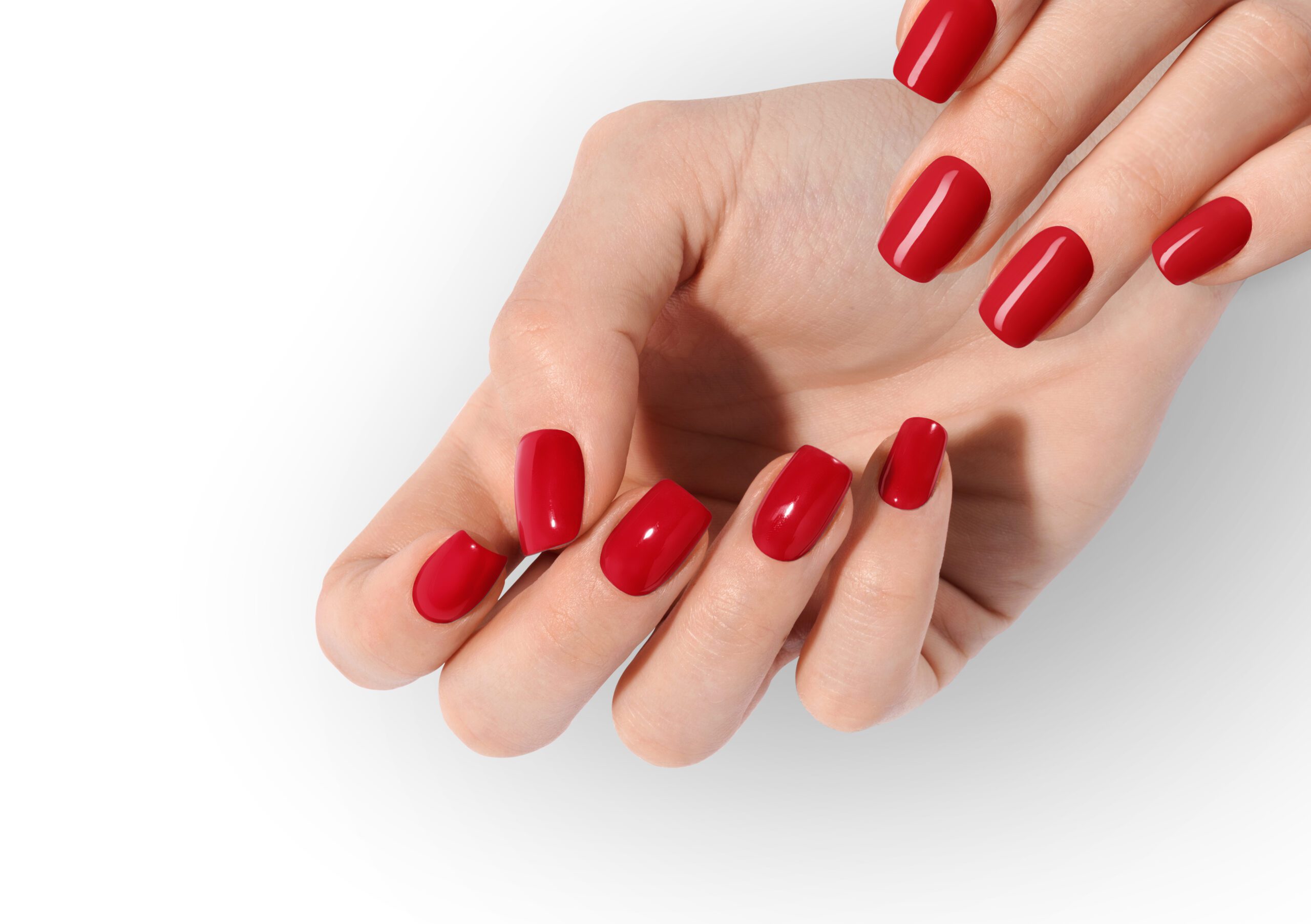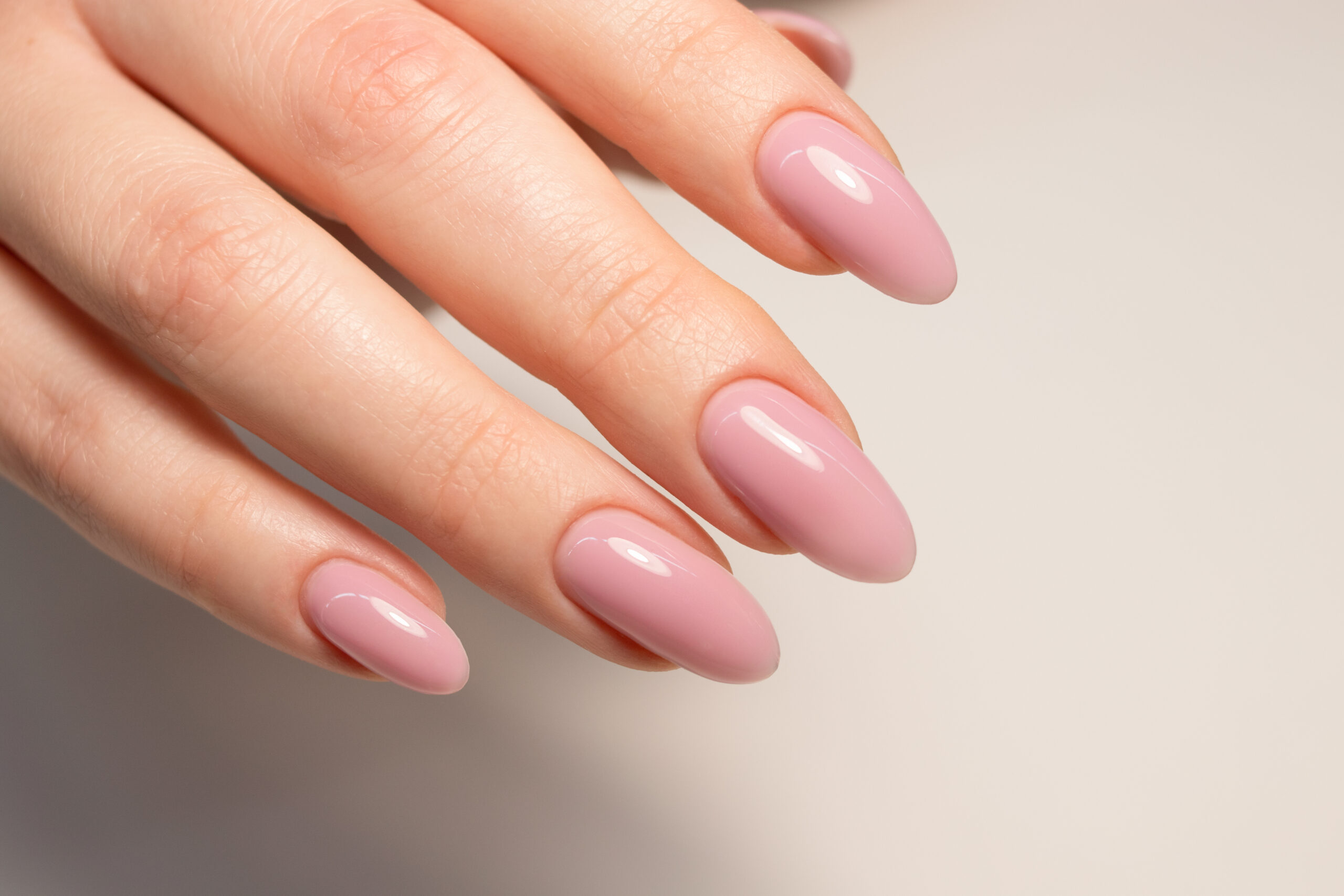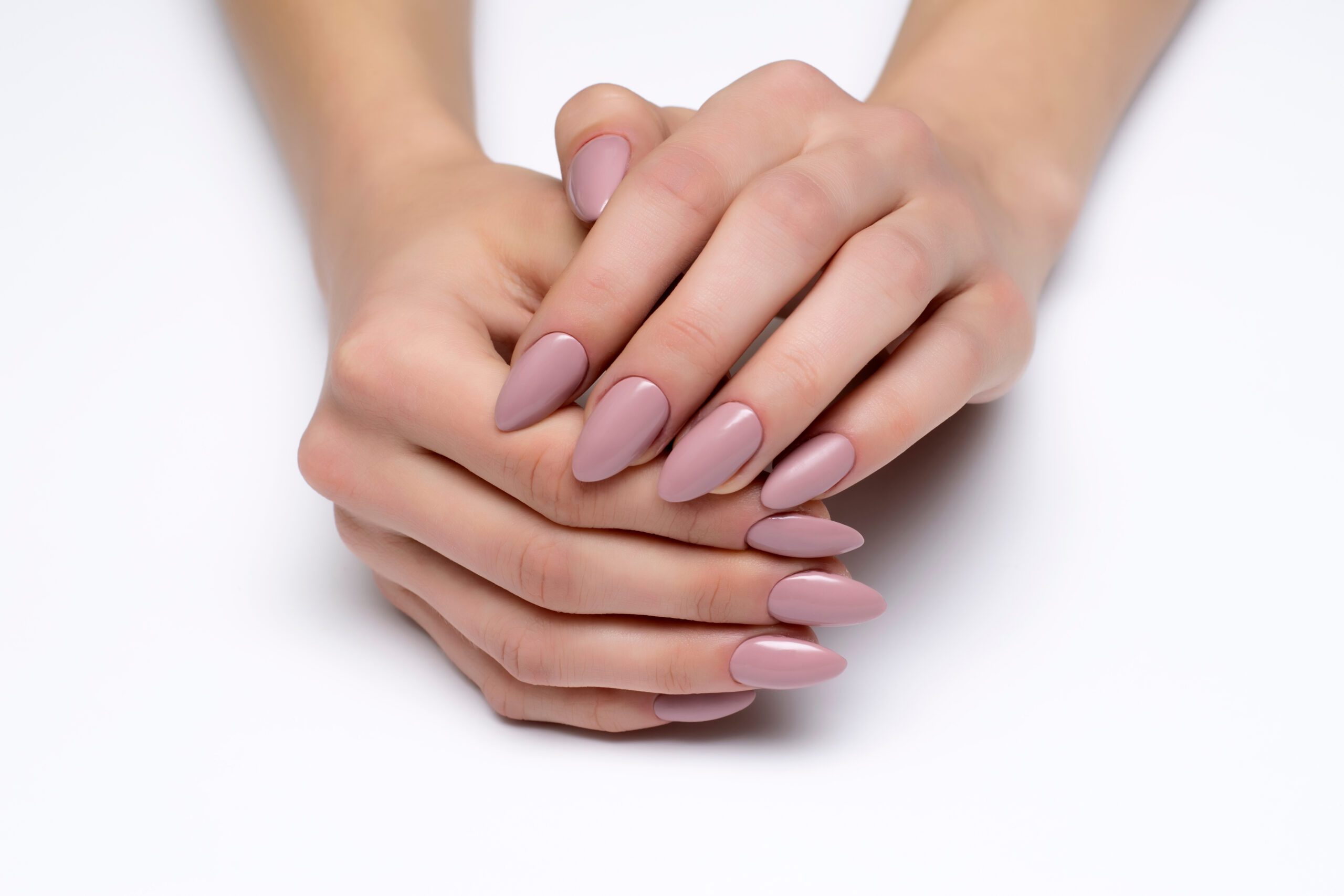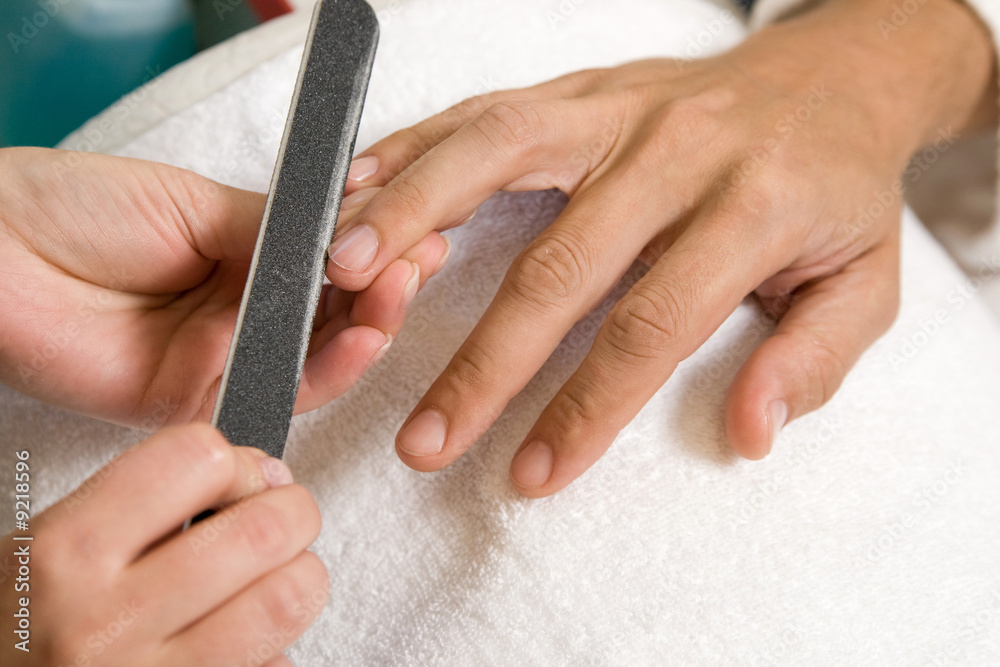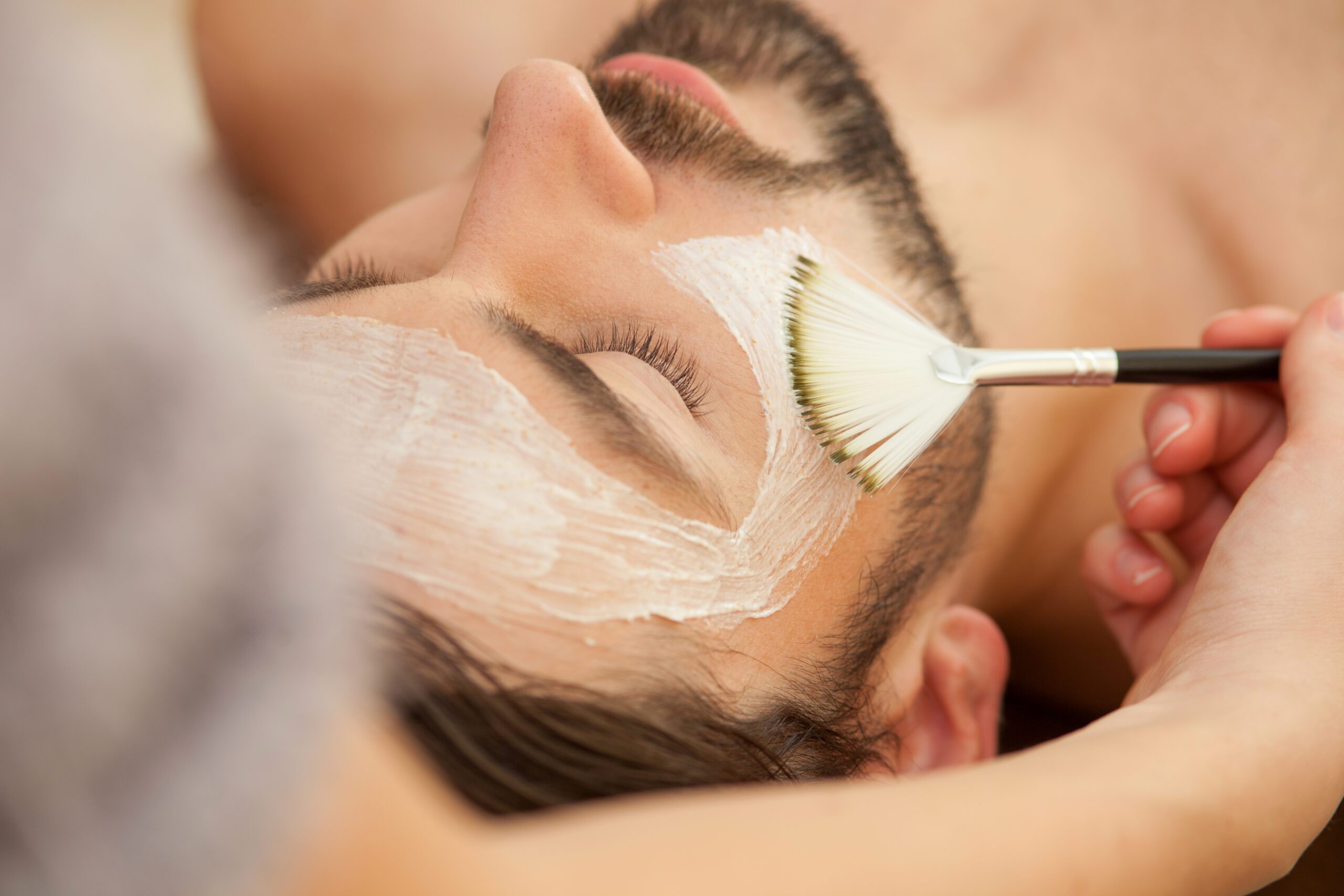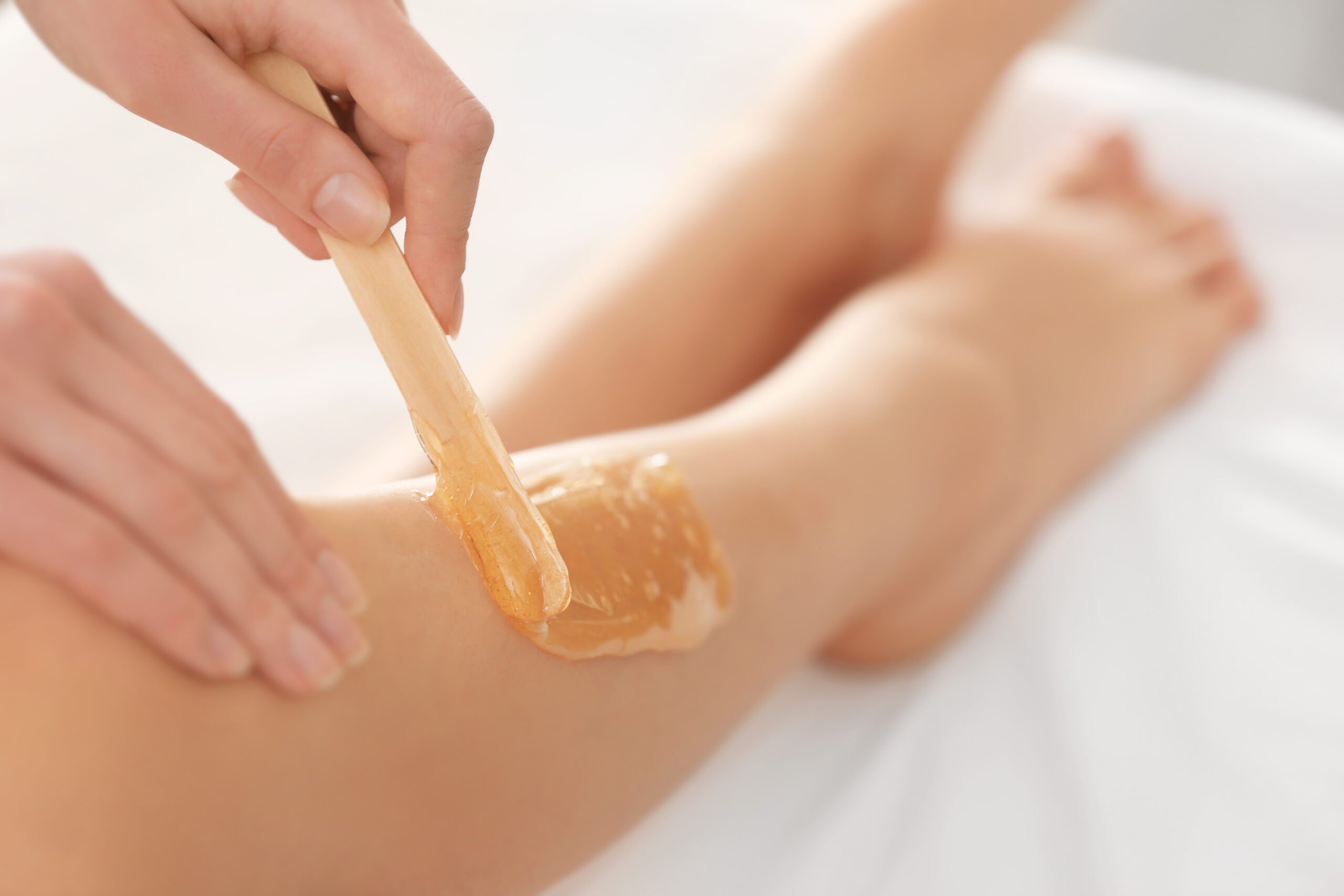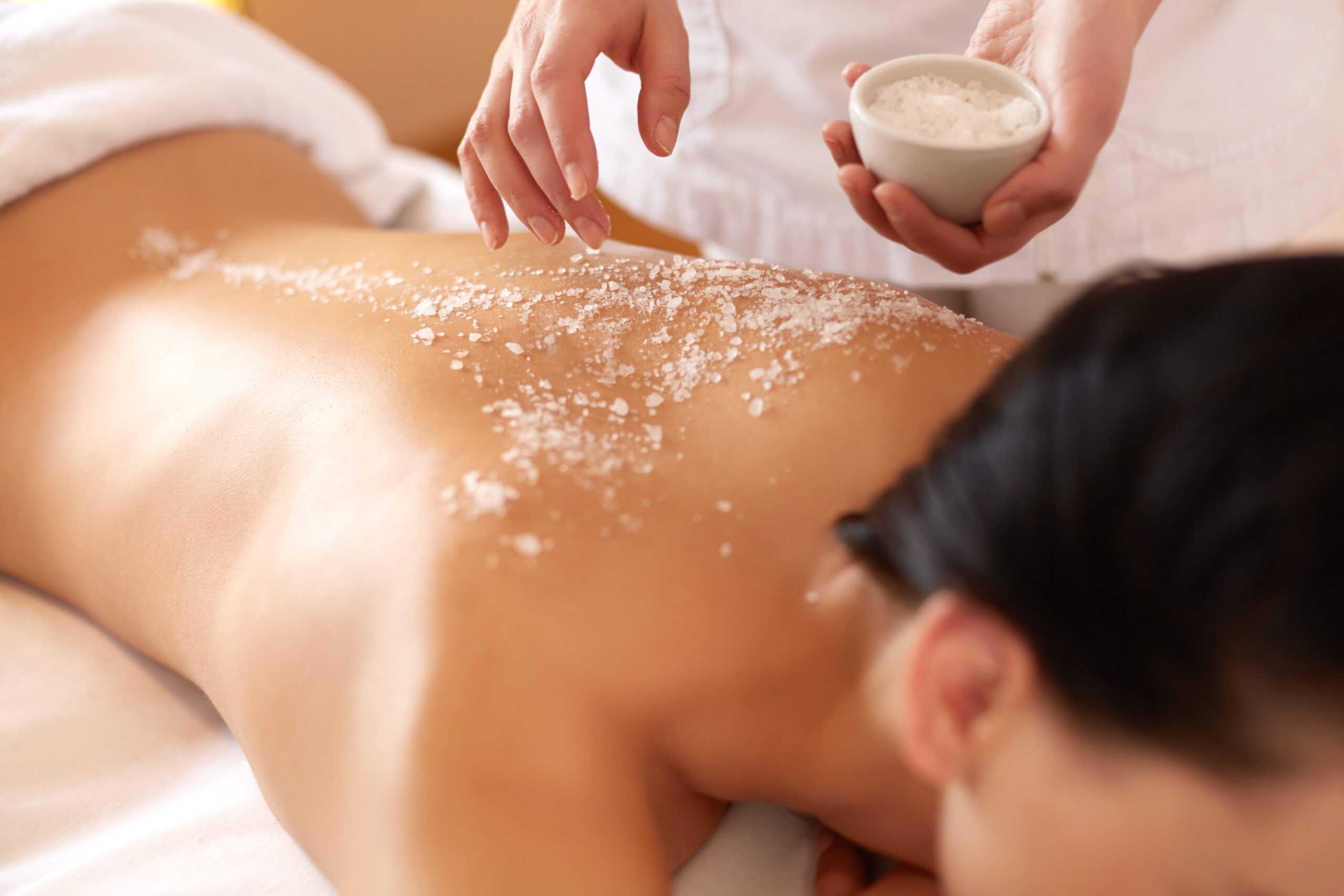Degrade
We invite you to visit professional Roin Hair Style salon masters! We have been working since 2006 in Italy and offer a wide range of beauty and hair care services.
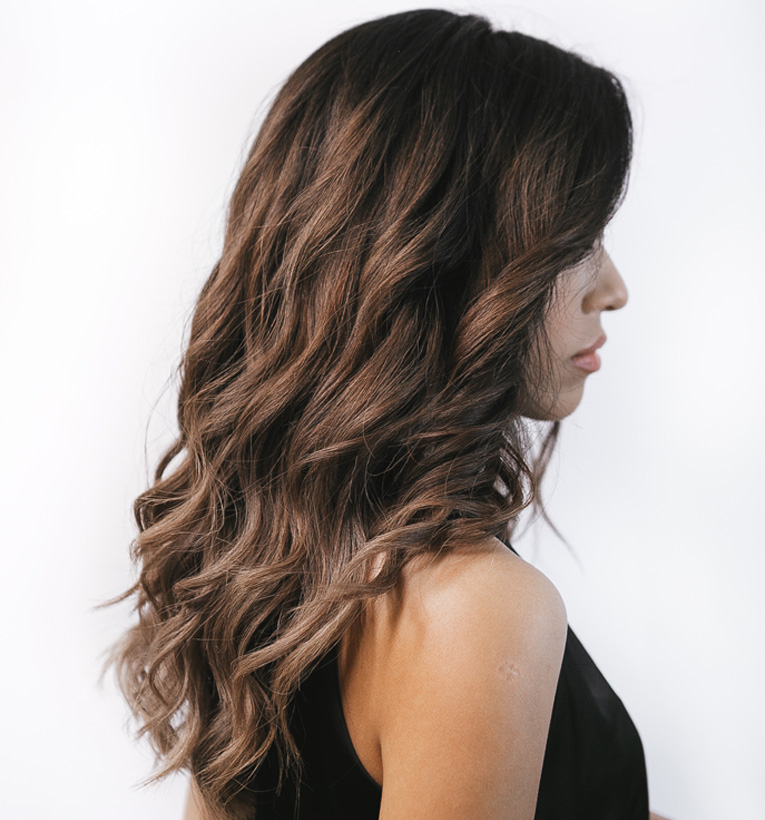
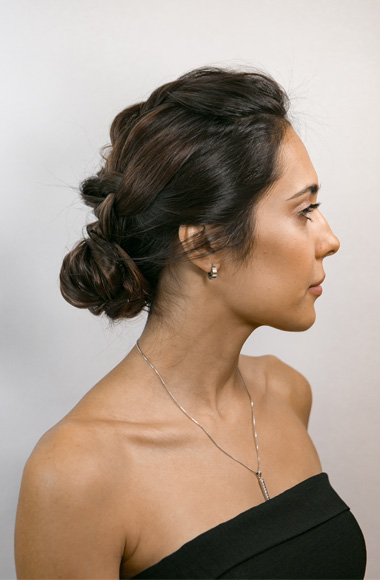
Degrade has remained fashionable and popular over the past few years. This method makes it possible to dye the hair in the desired color and, with a smooth transition of shades, achieve a real “stretch” of the color scheme, giving the hair a fashionable accent and emphasizing the silhouette of the haircut.
The colors of this season are definitely natural: chocolate, copper, coffee, chestnut, beige, hazel, honey and wheat. You can also use two colors together.
Degrade is a rather complicated hair coloring technique and should be performed by an experienced hairdresser. «Roin Hair Style» professionals will help you choose the tone for your hair color to create the effect of natural highlights.
Degrade
Technique Degrade is a vertical hair clarifying process that creates a smooth transition of varied tones and colors along the full length of the hair. Want to be fashionable while preserving your naturalness and “affinity”? When it comes to coloring hair in the Degrad technique, you should be aware that this process can provide you with an infinite number of different colors as well as an appearance that appears as if your original hair and curls were organically burnt out in the sun. You can achieve a brighter transition between colors and tones and focus on the contrast of this work by using Degrade technology.
Color stretching and coloring procedures have long been at the top of beauty salon price lists, and this will definitely continue in the near future. Previously, the goal was subtle staining, but now a strong transition between blooms does not appear to be a bad idea. Degrade is a vertical technique for lovers of new effects and works, that is, a miller with a smooth slapper along the entire length of the hair with varied tones and colors. Tonic ways are mostly used to degrade, resulting in a smoother transition from one color to another. Degrade is one of the procedures that looks extremely natural on the hair and whose hue can always be adjusted without causing damage to the hair. Many customers enjoy using Degrad to cover up gray hair, and this technique is great for this.
Pay a visit to experts at Roin Hair Style studio to learn how this highlighting style is appropriate for your hue and hair type! We have been operating in Italy since 2006, providing a wide range of services in the fields of beauty, hair care, and personalized approaches. Our pricing will astound you, and the amazing result will more than compensate for the costs.
As a result, the degradation mechanism is actively integrated into the game of fashion.
Degrade is a two or more-color process in which light shades are utilized at the ends of the hair, and only dark hues are used in the root area. The toning stretch transition can be performed both horizontally and vertically, and even invert one shade to another to create a 3-D effect, whereas transitions between tones can be either smoother, with a slight flow and a light transition boundary, or sharp, with no gradient of color or hue.
Degradation has remained popular and fashionable in recent years. This technique allows you to dye long and short hair in the chosen hue with a smooth transition of shades, giving the hair a fashionable accent and emphasizing the haircut’s silhouette. Degrade will let you to forget about gray hair and put an end to the blond hair debate once and for all. One of the major advantages of Degrade behind this way of staining is that it is very easy to care for and color when growing, which is critical for complex hues.
Chocolate, honey, coffee, chestnut, beige, walnut, honey, and wheat are all natural colors. You can mix two colors or go with blond or brunette. Reduces your field of opportunity greatly. Degrade technique is one of the most versatile in the color scheme since it primarily works with tonic techniques and allows your imagination to go wild.
In fact, coloring by type of deterioration entails a seamless transition between hues or from one tone to another. This effect can be achieved with the specific hair-dying procedure that we shall discuss today. In the fashion industry, the term “ombre” or “gradient” refers to the effect of degradation. This hair coloring procedure is known as “hair shaver.”
What distinguishes Ombre from degradation?
Light and colored shades are used at the points of the degradation method. From the roots to the transition, deep and saturated dark colors are applied. Degradation may be necessary more frequently if there is an abrupt transition or brighter colors between them because the natural hair color, which may differ, will appear when the painted roots and light ends grow.
The major purpose of the ombre technique is to create a smooth transition between shades so that the roots, which have developed over time, do not stand out and attract the eye, requiring no regular and unneeded correction.
The Evolution of Degradation Technology
The term for gradual color lighting is deterioration. In French, the term “degrade” refers to a change in the saturation or even qualitative qualities of color illumination. The nuance is that the method relies heavily on a gentle, smooth transition of colors. When you use the degradation technique to paint your hair, you can’t tell where the borders of flowers pass – where one hue finishes and another begins. In some ways, this is similar to the “wet technique.”
Degrades are the most seamless transitions between flowers or shades in which neither when it is watery color, or shade flows into another and are great for blondes and brunettes.
Even in the fashion sector, the Degrade effect is frequently employed, comparable to naturally sun-burned fabric or an inadequately cleaned polished object with evident smooth transitions of the same color to another or carefully made to order at the manufacturer. Material deterioration was considered a stylish attribute for rebels, marginalized, punks, and all others who enjoyed entertaining the audience in the 1970s. Dark-light t-shirts and skirts appeared as defiant as purposefully ripped and boiling pants.
Degrade items were crafted at home. Exhausted and twisted knitwear was fried with dyes in a big pan or a metal trough. The dye did not enter the twisted areas, resulting in seamless color changes. Flower and rainbow t-shirts were particularly fashionable in a hippie environment.
What kinds of deterioration are there?
Hair deterioration can be accomplished in two ways. Let’s call the most well-known degradation:
Only two contrast colors or tints are employed in classical degradation: dark and light-saturated hue and less bright.
The class involves using two or three different tones and colors of paint to produce a smooth transition. The paint is applied from the roots and works its way to the tips. The key aspect is that black hair in the classical style is darker at the roots and lighter below. It is feasible, however, to paint simply the ends of the hair if the hue is bright enough without touching the rest of the hair.
The major characteristic of traditional hair deterioration is that the roots are painted in a darker color, while the – tips are light to contrast and blend as seamlessly as possible between them.
In hair degradation, “horse tail” hair stains from the middle of the length to the ends in darker hues (chocolate, chestnut, caramel, and many more colors and tints), for example. However, this degrading discoloration is visible on loose hair and is better suited to brunettes.
This technique’s most inventive application is multi-colored hair deterioration. It can and should be a variety of colors and tones. 3-4 are usually utilized; one is more contrasting than the others. The inner layers of the hair are colored, and you should always strive for a seamless transition between the hues because the brilliant colors on the hair and temples will seem elegant and lavish.
The color of hair degradation in the given cases implies that more than two or three shades can be used, but most often, it is between five and seven shades. Of course, if you want to play with your hair or work with long or volumetric hair, you will see a good result when the inner layers of the hair are painted with different flowers.
Furthermore, distinct degradation subspecies exist and stand out:
- Crisp (with a bright transition between two colors); horsetail (with hair dye) is one of the quickest dyeing techniques.
- Vintage (the roots are highlighted); the effect on the roots is darker or more intense in tone. The impact of the most smoothly decreased color gradient or hue; transversal (smooth transition from one shade to another).
- Color (a wide range of colors, including bright and pastel tints); an infinite fantasy color palette.
- Reverse (blonde hair at the roots transitions to dark ends). A highly rare type of Degrade from light at the roots to dark at the ends of the hair for color enthusiasts.
A thorough explanation of the hair deterioration process
Today, coven and ombre are unquestionably the most popular staining types or processes. Looking closely at how degradation is performed reveals the distinction between these styles/techniques:
Hair is separated into four or more sections, each in its own area. The refilled paint is then applied vertically to the specified threads. The master performs this so that the height of each individual curl is consistent.
The dyeing process begins with the occipital area of the head and the strand behind the strand, and the selected strand paints from the root to the ends of the hair using a darn. The key point is that luminaire exposure is directly proportional to hair color. Essentially, the brightening background is critical for the degradation of platinum or cool hues.
It is always important to lighten curls with the Degrade process after lightening, and it is also recommended to wash your hair with a deep-clearing shampoo after lightening. After that, rinse your hair thoroughly and separate it into curls once more, preparing it for additional tinting in the Degrad process.
The dyeing composition must persist between twenty and thirty minutes after this toning agent is applied. There is no foil here. To separate more contrasting hues, a transparent film is occasionally utilized.
Who is hair deterioration suitable for?
With the exception of very short haircuts, Degrade looks nice on virtually any length of hair, but coloring, of course, looks better on long hair.
The color combination is critical. Dark hair looks great with gold, red, yellow, or brown hues in a classic manner. Brown and chocolate are popular retro deterioration colors that simulate sun-burned hair.
Degrade, Blond, and Hollywood Showbiz
Most Hollywood celebrities use the deterioration effect to achieve vertical and horizontal hair coloring. The gradient effect can be created using a variety of colors. We already highlighted the trendy hue of the hair ends. As a result, most modern celebrities prefer to paint only the ends of their hair, providing a gradient look while retaining the hair’s quality.
Chestnut plus blond is the most popular combination. Furthermore, the tips retain a vivid color. Today, Sarah Jessica Parker and many other celebrities prefer this discoloration degradation. According to the famous actress, this is the most innovative hair coloring trend. In reality, painting in natural colors can be simply likened to California hair highlighting or hair winding. These are gentle, seamless transitions between natural colors that mimic solar glare. When it comes to light ends, their look is generated. Many celebrities fell in love with Degrade because it allows them to quickly change the color and shade of their hair without damaging it. Degrade is made by toning means on pre-lightened hair for private products that are used for degradation techniques; these are acid tonic drugs that are also nutritious for hair.
What can be said about the vibrant color? Some celebrities took the risk and dyed their hair ends a brilliant color. According to experts, The essential point here is the precise combination and selection of brilliant shades because these shades must be merged and harmonized to create the illusion of iridescent colors. So, the most popular tones in Hollywood are pink and purple, as well as other light pastel shades that look great with light hair.


